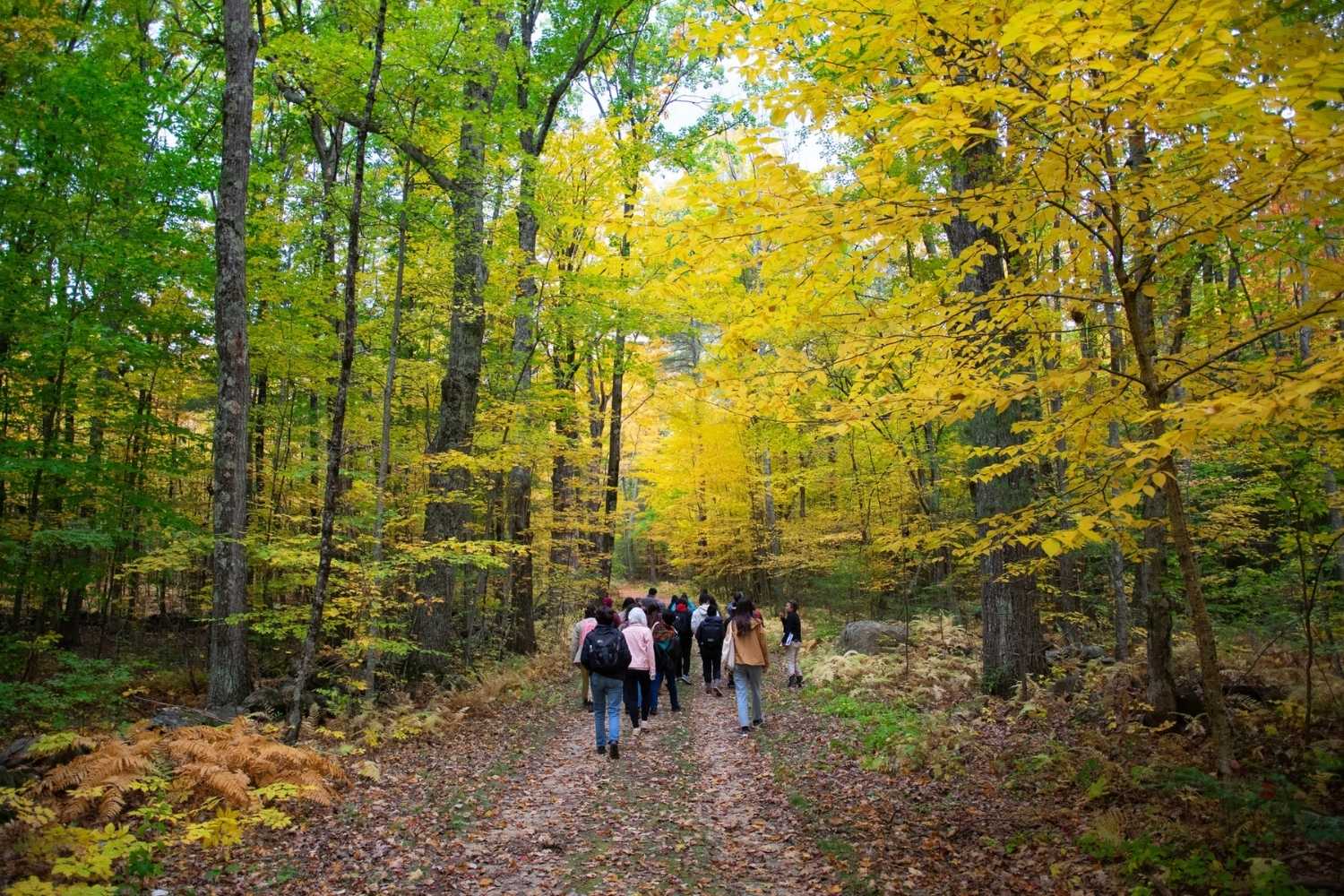Harvard Forest: Nature’s Living Laboratory

Have you ever wondered what makes Harvard Forest so special? This unique place serves as a living laboratory for scientists and nature lovers alike. Located in central Massachusetts, Harvard Forest spans over 4,000 acres of diverse ecosystems. From towering pines to serene wetlands, this forest offers a glimpse into the natural world. Researchers study everything from climate change to forest management here. Visitors can hike scenic trails, explore educational exhibits, or simply enjoy the peaceful surroundings. Whether you're a budding scientist or just love the outdoors, Harvard Forest has something to offer. Ready to learn more about this incredible place? Let's dive in!
Harvard Forest: Nature's Living Laboratory
Harvard Forest, located in Petersham, Massachusetts, is a sprawling 4,000-acre research area and ecological wonder. Managed by Harvard University, this forest serves as a living laboratory for scientists and nature enthusiasts alike. Let's explore some of the most fascinating spots within this natural haven.
The Fisher Museum
The Fisher Museum offers a unique glimpse into the history and research conducted at Harvard Forest. This museum is a must-visit for anyone interested in ecology and forest management.
- Dioramas: The museum features 23 dioramas that depict the history of New England forests from pre-colonial times to the present.
- Exhibits: Interactive exhibits explain the ongoing research projects and the importance of forest conservation.
- Educational Programs: Various programs and workshops are available for students and visitors, making it an educational hotspot.
The Canopy Walkway
Experience the forest from a bird's-eye view by taking a stroll on the Canopy Walkway. This elevated path offers a unique perspective on the forest's ecosystem.
- Observation Towers: Climb up the observation towers to get a panoramic view of the forest canopy.
- Wildlife Spotting: Keep an eye out for birds, squirrels, and other wildlife that inhabit the treetops.
- Research Stations: Learn about the scientific instruments and research being conducted high above the forest floor.
The Hemlock Hospice
The Hemlock Hospice is an art-science collaboration that addresses the decline of hemlock trees due to invasive species. This area combines art installations with scientific research to create a thought-provoking experience.
- Art Installations: Explore various art pieces that highlight the plight of the hemlock trees.
- Educational Signage: Informative signs explain the science behind the hemlock decline and the efforts to combat it.
- Guided Tours: Join a guided tour to gain deeper insights into the project and its significance.
The Harvard Forest Trails
Harvard Forest boasts an extensive network of trails that allow visitors to immerse themselves in nature. These trails vary in difficulty and offer something for everyone.
- Prospect Hill Trail: A moderate hike that takes you to the highest point in the forest, offering stunning views.
- Lyons Loop: A shorter, easier trail perfect for families and casual hikers.
- Black Gum Trail: A more challenging path that winds through diverse habitats and showcases ancient black gum trees.
The Long-Term Ecological Research (LTER) Sites
Harvard Forest is home to several Long-Term Ecological Research sites, where scientists study ecological processes over extended periods. These sites provide invaluable data for understanding environmental changes.
- Harvard Pond: This site focuses on aquatic ecosystems and their interactions with the surrounding forest.
- Soil Warming Experiment: Learn about the effects of climate change on soil and plant life through this ongoing experiment.
- ForestGEO Plot: A large-scale plot where researchers monitor tree growth, mortality, and biodiversity.
The Harvard Forest Archives
The Harvard Forest Archives house a wealth of historical and scientific documents. This resource is invaluable for researchers and history buffs alike.
- Historical Records: Browse through records that date back to the early 20th century, detailing the forest's history and research.
- Research Data: Access a vast collection of data from various ecological studies conducted over the years.
- Photographic Collections: View historical photographs that capture the forest's evolution and the work of scientists.
The Harvard Forest Weather Station
The Weather Station at Harvard Forest provides real-time data on weather conditions, contributing to various research projects.
- Meteorological Instruments: Learn about the tools used to measure temperature, precipitation, and other weather variables.
- Data Access: Discover how this data is used in ecological research and forest management.
- Educational Displays: Interactive displays explain the importance of weather monitoring in understanding ecological processes.
Embracing Harvard Forest's Wonders
Harvard Forest offers a unique blend of natural beauty and scientific discovery. Visitors can explore diverse ecosystems, from lush woodlands to serene wetlands. The Fisher Museum provides insights into the forest's history and ongoing research. Trails like the Prospect Hill and Black Gum offer a chance to witness biodiversity up close. Educational programs and guided tours make it an ideal spot for students and nature enthusiasts. Whether you're interested in ecology, climate change, or just a peaceful hike, Harvard Forest has something for everyone. It's a place where nature and science come together, offering a deeper understanding of our environment. Plan a visit to experience this living laboratory and gain a new appreciation for the natural world.

